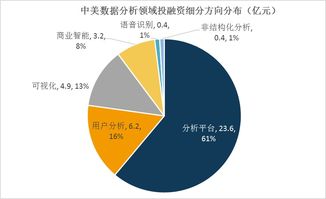Title: Early Childhood Education Toys Translation into English
Introduction:
Early childhood education toys play a crucial role in children's development by stimulating their cognitive, motor, and social skills. Translating the names and descriptions of these toys into English is essential for international marketing and communication. This article provides guidance on effectively translating early childhood education toys into English, considering cultural nuances and target audience preferences.
Understanding the Toy's Purpose and Audience:
Before translating, it's vital to understand the purpose of the toy and the target audience's cultural background. For example, if the toy aims to teach counting, colors, or shapes, the translation should accurately convey these educational aspects in English. Additionally, consider the age group the toy targets and use language appropriate for that audience.
Literal Translation vs. Adaptation:
When translating toy names and descriptions, translators often face the choice between literal translation and adaptation. Literal translation preserves the original words, while adaptation modifies them to better suit the target language and culture. For example, a literal translation of a Chinese toy name might not resonate with Englishspeaking audiences, so adaptation is necessary for better understanding and acceptance.
Cultural Sensitivity:
Cultural sensitivity is crucial in toy translation to avoid inadvertently causing offense or misunderstanding. Certain symbols, colors, or concepts may have different meanings in different cultures. For instance, a toy featuring a dragon might be popular in Chinese culture but could be perceived differently in Western cultures. Translators must be mindful of these cultural nuances when translating toy names and descriptions.
Transcreation for Marketing Purposes:
Transcreation involves more than just translation—it's about creatively adapting the content to evoke the same emotions and responses in the target audience as the original. This approach is particularly important for marketing materials accompanying the toys. Transcreators may need to rewrite slogans, taglines, or promotional messages to resonate with Englishspeaking consumers while staying true to the brand's image and values.
Consistency Across Product Lines:
Maintaining consistency across product lines is essential for building brand identity and recognition. Translators should ensure that translated names and descriptions align with the overall branding strategy and style guidelines. Consistency in terminology and tone helps reinforce the brand's message and fosters trust among consumers.
Quality Assurance and Testing:
After translating toy names and descriptions, it's essential to conduct quality assurance checks and testing to ensure accuracy and effectiveness. Native English speakers, especially those within the target age group, can provide valuable feedback on the clarity and appeal of the translations. Additionally, thorough proofreading and editing help eliminate any errors or inconsistencies before the toys are launched in Englishspeaking markets.
Conclusion:

Translating early childhood education toys into English requires careful consideration of the toy's purpose, target audience, cultural sensitivities, and marketing objectives. By understanding these factors and employing effective translation strategies such as adaptation, cultural sensitivity, and transcreation, toy manufacturers can successfully introduce their products to Englishspeaking markets and contribute to children's learning and development on a global scale.











